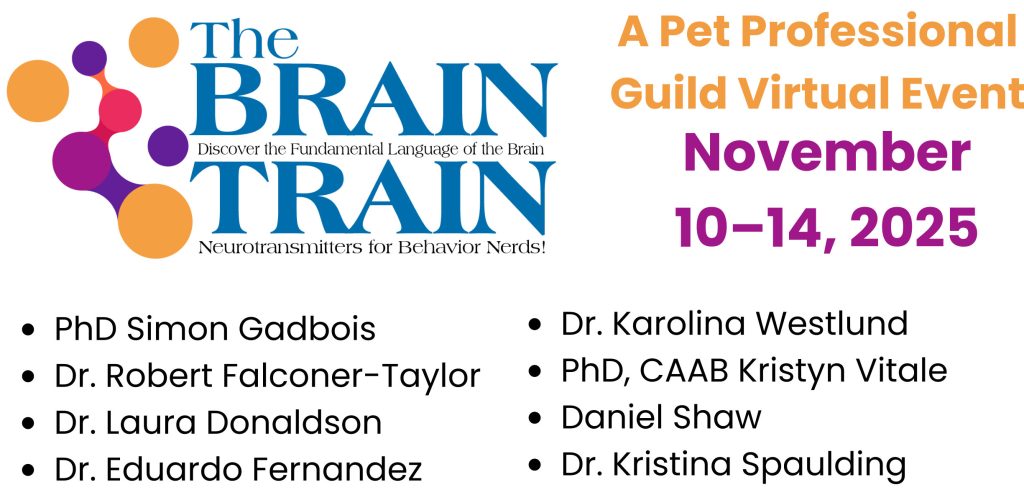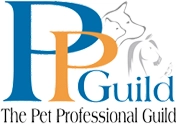Pets and Their People Blog
Dog Training Game Changer: Avoid This Common Mistake!
One of the most common training mistakes I see—by both new trainers and well-meaning pet guardians—is using a cue word or gesture too early.
When Should You Add a Cue to Your Dog’s Behavior?
You might be eager to name a behavior as soon as your dog does something close to what you’re teaching. But here’s the golden rule:
Only add a cue when the behavior is clean, reliable, and repeatable.
Why? Because the cue becomes associated with whatever the dog is doing at that exact moment. If the behavior is messy or inconsistent, that’s what your cue is now tied to—junk.
When training a new behavior, before attaching a cue word or hand gesture, the behavior must be:
- Well-formed – Your dog is performing the correct version of the behavior.
- Reliable – Your dog responds consistently.
- Fluent – Your dog performs the action smoothly, confidently, and without delay.
DogNostics Lexicon Definition: Fluency
The goal of training, a combination of accuracy and fast response to a cue. The pet can effortlessly carry out the behavior. Example: The trainer, while doing a jumping jack, says “sit” and the pet immediately sits.
In dog training, a fluent behavior is one that is performed consistently, reliably, and with speed and accuracy, across various contexts and distractions.
Training a New Behavior
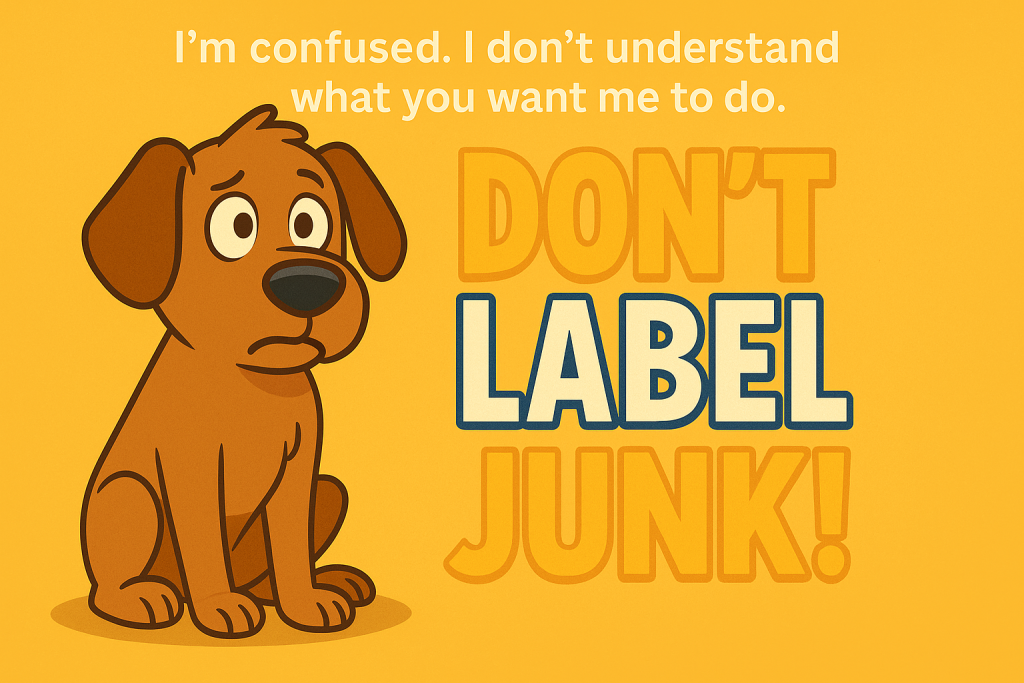
naming it. ©DogNostics Education
Let’s look at an example of this training tip in action:
- You teach “down” using a hand lure.
- After “fading the lure,” the behavior becomes fluent – accurate, smooth, and consistent.
- Once the behavior is fluent, name it. The name may be a verbal cue, such as, “down,” or a physical gesture, such as a hand signal.
- Each time you cue the behavior and your pet responds correctly, you say “yes” and then pay by delivering a treat.
- Now, the word “down” is the final cue that elicits the behavior going forward.
The goal is a final cue, a name or hand gesture, that tells your dog: “If you do this behavior now, good stuff is coming!” This is the cue we want to stick because it has been paired with strong, clean reinforcement history.
Why It Matters
Adding a cue too soon teaches your dog to associate that word or gesture with an incomplete or unclear behavior.
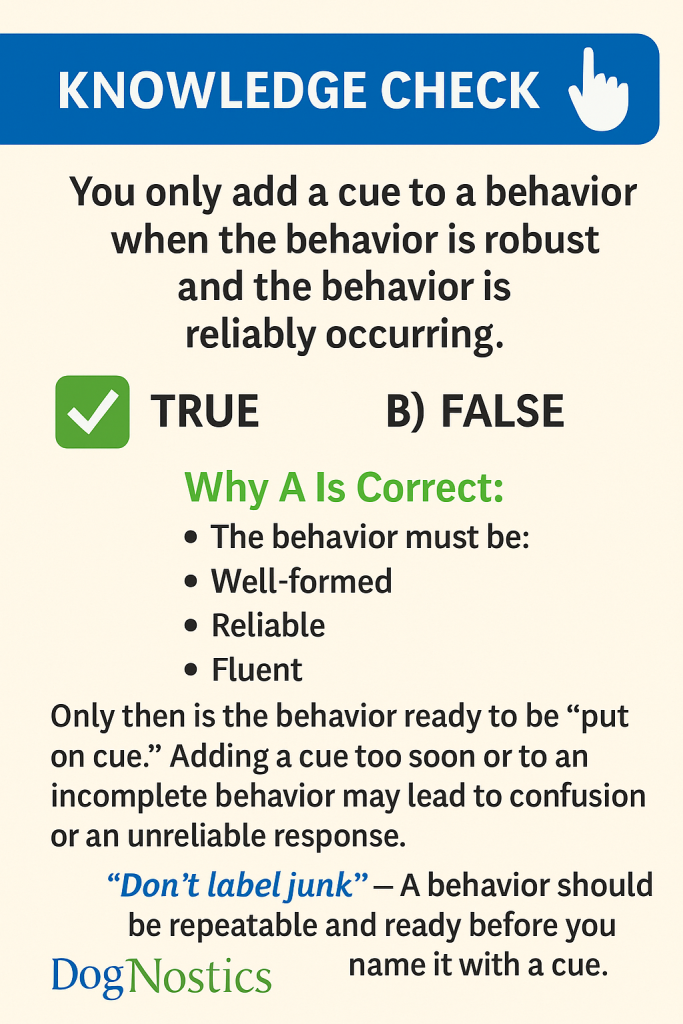
If you name the behavior before teaching it, later when you try to cue the behavior, your dog might be confused. That’s frustrating for both of you. And, this confusion often leads to more repetition, prompting, or even unintentional pressure, which will take the fun out of your training games and bonding time.
Cueing too soon slows learning. Waiting until the behavior is ready, strengthens learning.
Knowledge Check Recap
Question: You only add a cue word or hand signal to a behavior when the behavior is robust and the behavior is reliably occurring. True or false?
Correct Answer: True
Why True is correct: The behavior must be well-formed, reliable and fluent. Only then is the behavior ready to be “put on cue.” Adding a cue too soon, or pairing it with an incomplete behavior, may lead to confusion, frustration, and/or an unreliable response. A behavior should be repeatable and ready before your name it with cue, such as “sit,” “down,” or a hand gesture.
Takeaway
If your dog’s sit is still a “half-squat while watching squirrels,” it’s not ready for a cue word. If your goal is a picture-perfect sit, keep reinforcing the full sit. Once your dog is sitting reliably and confidently—then add the cue word, “sit.” You’re labeling a polished behavior, not a work in progress.
Don’t label junk. Teach the behavior first; name it second…with a well-timed cue word or hand signal that your dog associates with terrific reinforcement.
About the Author
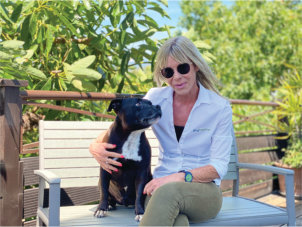
Louise Stapleton-Frappell – B.A. Hons. PCBC-A. PCT-A. CAP3. CTDI. CWRI. DN-FSG2. DN-CPCT2. FFCP, Professional Canine Behavior Consultant and Trainer – Accredited by the Pet Professional Accreditation Board, Co-Partner and Faculty Member of DogNostics Career Center, and Board Member of The Pet Professional Guild.
Louise’s experience, her background as a teacher and her impressive pet industry credentials, means she is uniquely qualified to share her skills and knowledge with both the public and pet industry professionals. The creator of the DogNostics Dog Trainer Certification Program, Louise has presented at conferences internationally and has gained a reputation for expertly teaching and training humans and canines at her own establishment, The DogSmith of Estepona, in Southern Spain. Louise has published numerous articles on dog training and dog behavior and is also the published co-author of the following titles, A Lexicon of Practical Terms for Pet Trainers and Behavior Consultants, Pet Training and Behavior Consulting: A Model for Raising the Bar to Protect Professionals, and is a Pets and Their People contributor.
DogNostics Education is a Pet Professional Guild Corporate Partner.
